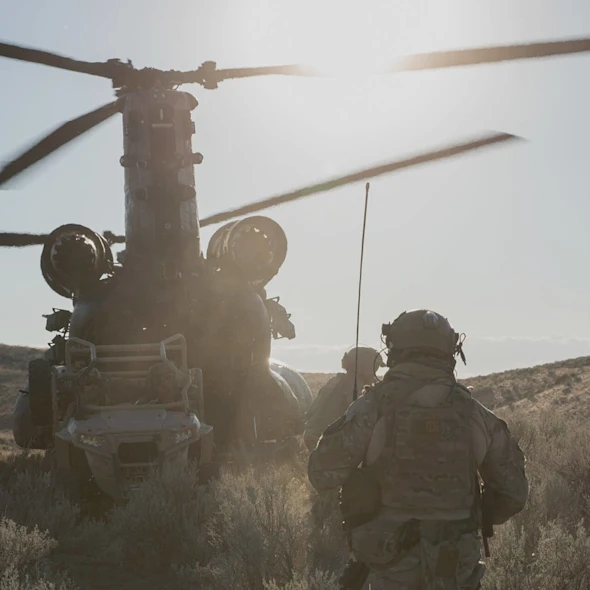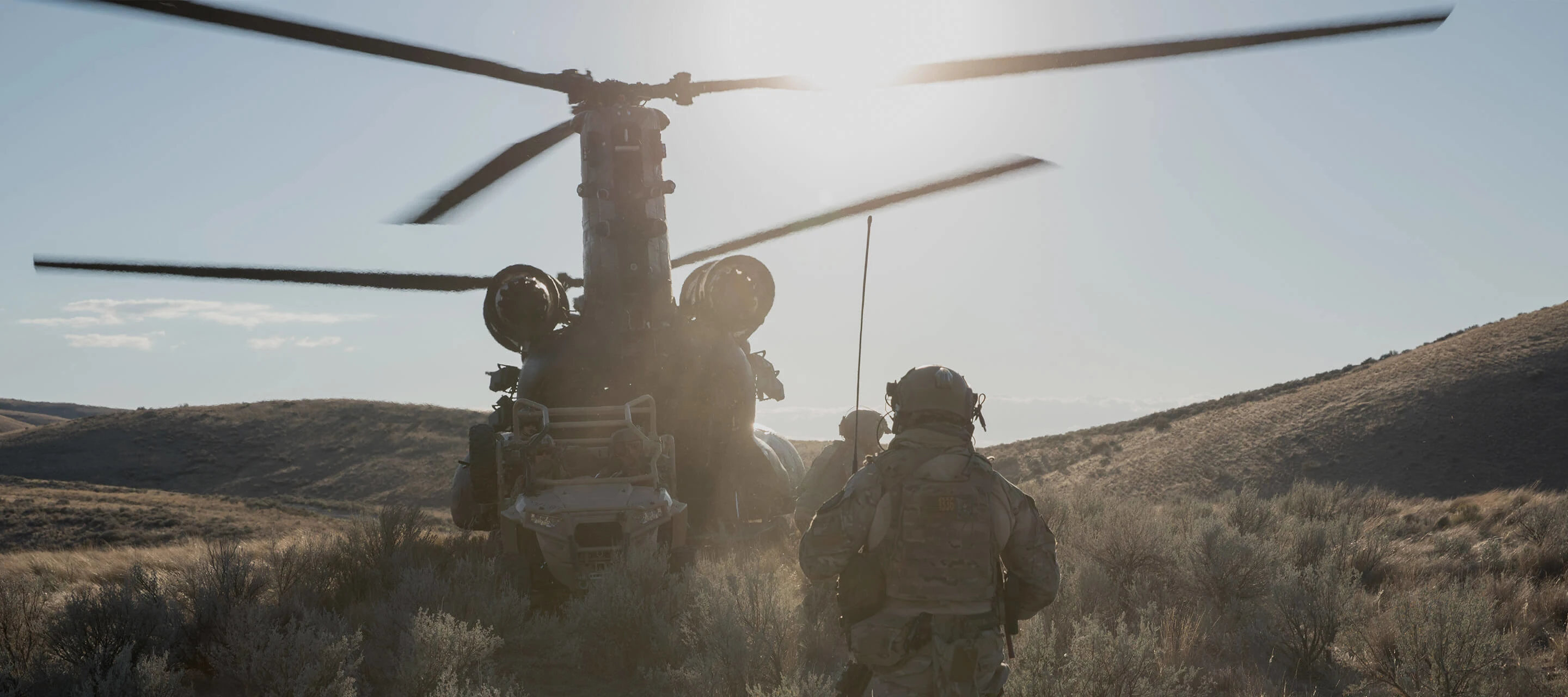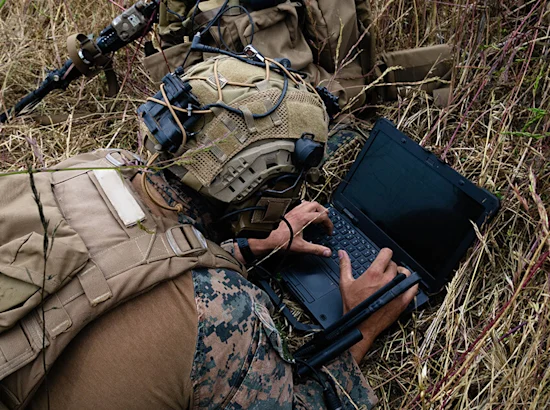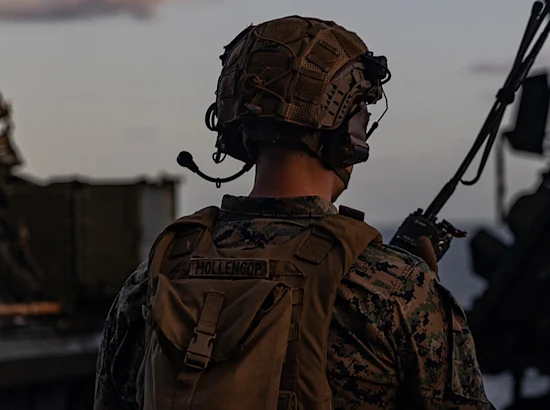Around the globe, U.S. Special Operations Forces (SOF) are trusted with executing some of the most critical missions. The logistics teams that support them ensure that they have the supplies and specialized equipment they need to succeed. Today, with supply chain vulnerabilities, increasing geopolitical tensions, and evolving mission requirements, SOF logistics is growing ever more complex – even as the stakes remain incredibly high.
More than shipping and warehousing alone, next-generation SOF logistics demands real-time data, predictive analytics and open-source assessments of threat environments that dynamically indicate where to stage equipment and resources in anticipation of a crisis.
This is especially true in a contested logistics context. Contested logistics refers to the sustainment of our forces in environments where adversarial or naturally occurring conditions can disrupt continued operations. In environments like this, investing in next-generation logistics capabilities and technology can pay enormous dividends. It can save costs, provide greater awareness of materials and capacity, and enhance the ability to deliver on the mission. A forward-leaning SOF logistics approach also allows teams to overcome what’s commonly called “the tyranny of distance,” because it enables them to have the right tools in the places they're needed, and ready to support the mission. All of this ultimately brings costs down and reinforces both the affordability of these investments and the inherent risks in not making them.
That said, SOF logistics teams confronting a complex threat landscape and the necessity of investing in a next-generation, data-driven logistics approach commonly ask several important questions.
How do I modify a logistical system to a more decentralized model?
When it comes to next-generation logistics tools, many SOF leaders are facing challenges modifying or modernizing their existing systems. Historically, SOF missions were designed for a relatively fixed objective: supporting counterterrorism efforts. In the future, missions will be much more decentralized and will require more agile capabilities. It will be important to have a smaller force footprint without the same firepower and to build coalition partner relationships that enables us to weaken our adversaries and drive greater supply chain resilience with our shared security objectives.
This means moving from a massive logistical supply chain involving C130 aircraft, for example, and large numbers of personnel, to a few people in a single location leveraging commercial resources to quickly and stealthily move equipment where it’s needed. This requires a logistical infrastructure that leverages data to make predictions about what will be needed where and when.
How do I have better awareness of what is in my current supply chain?
A data-driven logistics approach allows SOF teams to visualize both situations and supplies. It enables them to, for example, see their entire enterprise and use predictive analytics to understand where they’re going to need to be, and what equipment, people and supplies will need to be in those locations as well.
On the warehousing side of things, this type of approach allows for better awareness of what equipment SOF teams have, how much it costs, how it’s used and what its remaining useful life is. This is essential to enabling efficient, decentralized and agile supply chain operations in response to a more dynamic mission landscape.
How do I respond quickly to threats in multiple locations around the world?
The SOF logistics challenge is constant, and it demands confronting numerous challenges simultaneously. Technology is evolving alongside the decentralization of operations, but true resilience in the supply chain is about quickly identifying weaknesses and then quickly spinning up new capabilities to overcome them.
Teams looking to ensure they have the capacity to respond quickly to multiple global threats – often simultaneously – must understand commercial and military supply chains and use knowledge of both to impact missions positively and adversaries negatively. This diversity of experience drives supply chain resilience and makes it possible to have multiple ways to get resources to a location in the event of a disruption.
The future of SOF logistics will be data-driven, decentralized and agile. The way to get there is to invest in the tools and capabilities that will enable SOF teams to make predictions and be ever more nimble and agile. The data collected, analyzed and acted upon will further both the logistics mission and the overall mission, and that’s always the ultimate goal.
About IEX
In 2024, GDIT acquired Iron EagleX Inc. (IEX), a leading provider of artificial intelligence/machine learning, cyber, software development and cloud services for the Special Operations Forces and the intelligence community. The acquisition expands GDIT’s portfolio of differentiated technology capabilities and further strengthens its ability to support defense and intelligence missions across all warfighting domains.






